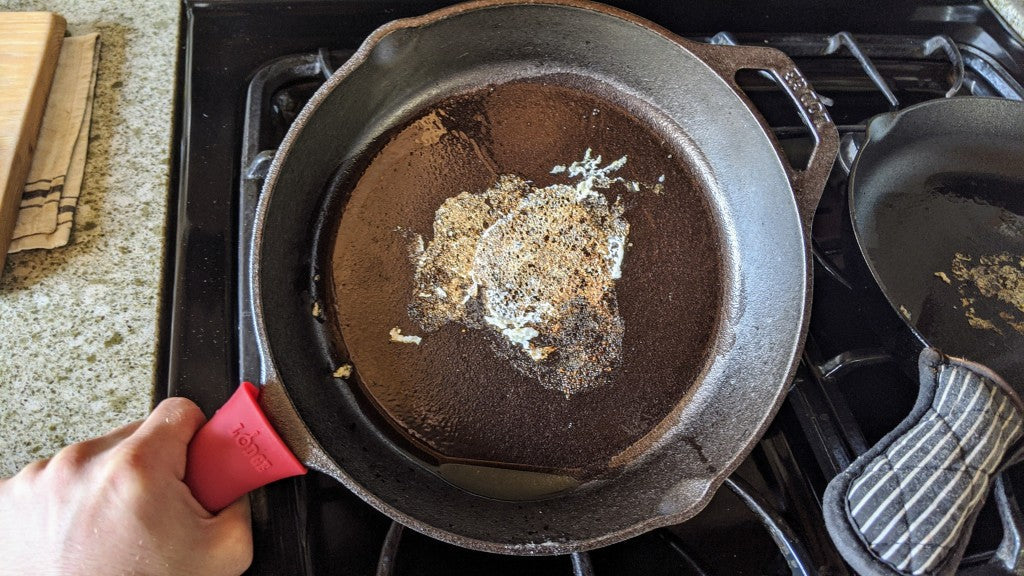For kitchen professionals, **cutting and maintaining plastic cutting boards** is a routine activity that requires attention and precision. Whether you're resizing a cutting board to fit a specific space, repairing damaged edges, or creatively re-purposing an old board, understanding how to cut plastic cutting board is an essential skill. This article will guide you through every step, providing tips, tools, and techniques to ensure your work is flawless and professional. Lets dive in!

Before You Begin: Preparing to Cut Plastic Cutting Boards
Preparation is everything. Before you grab your tools, take a few moments to gather the necessary materials and set up your workspace. Proper preparation not only makes the task easier but also **reduces safety hazards.**
Tools Youll Need
- Miter or table saw (ideal for smooth, straight cuts)
- Measuring tape or ruler
- Marker or grease pencil
- Protective gloves and safety glasses
- Clamps to secure the board
Having the correct tools on hand is crucial for achieving precise results. For quick guidance on professional kitchen boards, check out this cutting board safety guide.
Step-by-Step: Cutting Plastic Cutting Boards
When it comes to how to cut plastic cutting board, following a systematic process is key. Keep these steps in mind:
1. Measure and Mark Your Board
Start by determining the exact size or shape you need for your cutting board. Use a measuring tape or ruler to measure and a grease pencil to mark the cutting lines. These marks will guide you during the cutting process, ensuring clean and even results.
2. Setup Your Workspace
Choose a sturdy work table where you can safely secure your cutting board. Use clamps to hold the plastic cutting surface in place. A secure setup minimizes the risk of slipping, allowing for more accurate cuts.
3. Choose the Right Saw
A miter saw or table saw is often the tool of choice for professionals cutting plastic boards. They provide clean, smooth cuts that require little sanding or finishing. Use a blade specifically designed for plastics to avoid chipping or cracking during the cut.
Interested in learning about other **types of cutting boards** and their benefits? Read more here.
4. Execute the Cut
Once your workspace and tools are ready, its time to make the cut. Follow these steps:
- Start the saw and let it reach full speed.
- Carefully guide the blade along the marked lines of the board.
- After finishing the cut, release the saw completely before removing the board.
Take your time and avoid rushing through the procedure. Precision is far more important than speed in this context.
Sanding and Finishing: The Final Touches
After cutting, sanding the edges of the plastic cutting board is essential for a professional finish. Sharp or uneven edges can lead to injuries or damage counter surfaces.
- Use sandpaper (grit 120 to 150) to smooth the cut edges.
- Wipe the board down with a damp cloth to remove any plastic dust.
- For added durability, consider polishing the edges with a plastic-compatible polish.
For further ideas about board care, this cutting board customization guide might be helpful.
Common Mistakes to Avoid
Although cutting plastic boards isnt overly complicated, some common pitfalls can make the task more challenging. Avoid these mistakes to ensure seamless results:
- Using the wrong blade (opt for a blade designed for cutting plastic).
- Failing to secure the board properly before cutting.
- Skipping the sanding process after cutting.
Each of these can compromise the structure and appearance of your plastic cutting board.

FAQs
Can I use a handsaw instead of a power saw?
Yes, you can use a handsaw, but it may require more effort and precision. Opt for a fine-toothed saw to minimize chipping.
Whats the best material of plastic board to cut?
Polyethylene is a great choice, as its durable, easy to cut, and non-toxic.
How do I clean the board after sanding?
Simply wipe it down with a damp cloth or clean with warm, soapy water.
For more details about food safety with cutting boards, visit this sanitizing guide.
This article contains affiliate links. We may earn a commission at no extra cost to you.






Leave a comment
This site is protected by hCaptcha and the hCaptcha Privacy Policy and Terms of Service apply.